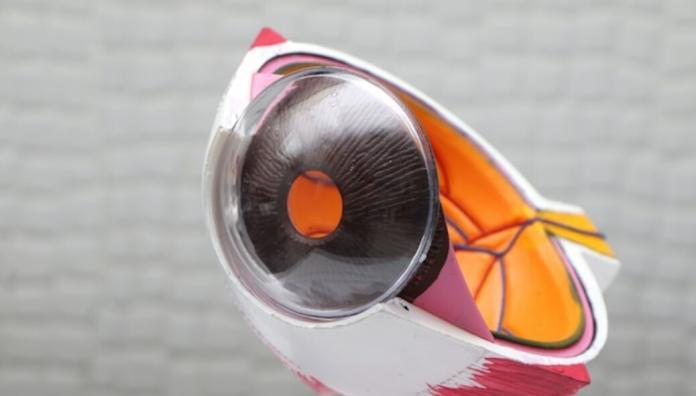In the ever-evolving world of ophthalmology, LAL surgery stands as a groundbreaking innovation. With promises of more precise outcomes and customizability post-surgery, LAL transforms how we perceive cataract and lens replacement procedures. Dive into the intricacies of this modern technique to decipher whether it aligns with your vision correction needs.
Demystifying LAL Surgery
Ophthalmology has come very far with LAL, the advanced light adjustable lens surgery. LAL is unique because it includes a changeable lens after implantation, unlike traditional lens replacement methods, which inject a predetermined intraocular lens. This innovative technology relies on the lens’s UV sensitivity. After surgery, the ophthalmologist will use UV light to perform precise lens adjustments. This will guarantee the patient receives optimal visual outcomes according to their needs. The surgeon’s ability to correct the patient’s vision following surgery can prevent refractive mistakes. Thus, the patient’s visual goals are more likely to be met.
The Mechanism Behind LAL
The groundbreaking aspect of the LAL is its unparalleled adaptability post-implantation. Unlike conventional intraocular lenses, the LAL is crafted from a unique photosensitive silicone material that reacts when exposed to ultraviolet (UV) light. Once the LAL is implanted and the eye starts to heal, targeted UV light treatments can be administered to the lens, adjusting its shape and refining the patient’s vision. This technology allows for unparalleled customization, enabling precise corrections for individual vision anomalies like nearsightedness, farsightedness, or astigmatism. This level of post-surgical adjustability can significantly reduce the need for glasses or contact lenses after cataract surgery.
The Procedural Overview
The LAL surgery begins similarly to a conventional cataract or lens replacement procedure, with the surgeon removing the natural lens and implanting the LAL in its place. However, the true innovation of this surgery comes into play after the procedure. In the weeks following the surgery, patients attend several outpatient appointments where the eye specialist exposes the LAL to specific patterns of UV light, inducing changes in the lens structure. These light treatments fine-tune the shape of the lens, allowing for precise adjustments tailored to the patient’s vision requirements. This process ensures optimal vision outcomes and minimizes post-surgical refractive errors.
Advantages of Choosing LAL
The LAL surgery stands out for its unparalleled precision in vision correction. Unlike traditional surgeries, where pre-surgical calculations and measurements largely determine outcomes, the LAL offers the unique advantage of allowing adjustments after the surgical procedure. This tunability ensures that patients are more likely to attain optimal visual clarity, potentially eliminating the need for supplemental glasses or contact lenses. Additionally, the flexibility offered by post-surgical adjustments alleviates the pressure on the surgeon and the patient to achieve the ideal result in a one-off procedure. As a result, LAL surgery not only enhances the chances of visual success but also provides peace of mind to those opting for it.
Assessing Candidacy for LAL
Despite its innovative approach and benefits, the LAL procedure is not a one-size-fits-all solution. It is particularly beneficial for individuals in professions that require impeccable visual clarity, such as pilots, photographers, or athletes. Moreover, those who have undergone previous eye surgeries, like LASIK, and face challenges in determining the accurate intraocular lens power can find LAL a favorable option. However, the necessity for multiple post-operative appointments to fine-tune the lens means it might not be ideal for individuals who cannot commit to these sessions. Additionally, certain eye conditions or health factors could render some patients ineligible for the procedure, emphasizing the importance of a thorough pre-surgical evaluation.
Potential Limitations and Risks
Every surgical intervention carries inherent risks, and LAL is no exception. One of the primary concerns is the unintentional alteration of the lens due to exposure to ambient UV light after the surgery. To counteract this, patients are usually advised to wear UV-protective glasses until the final adjustment of the lens is complete, ensuring no accidental changes. Another aspect to consider is the relative novelty of the procedure; as such, comprehensive long-term data on LAL is still being gathered. Prospective patients should weigh these considerations carefully and discuss any concerns with their ophthalmologist before opting for the surgery.
Conclusion
Vision correction is vast, and LAL surgery is one of the newest entrants promising enhanced precision. The capability to adjust and fine-tune visual outcomes post-surgery renders LAL a unique choice for many. As with any medical decision, thorough research coupled with expert consultation paves the way for informed choices that resonate with individual health aspirations.
You may also want to read,








